Class 8 Exam > Class 8 Notes > Arts (Kriti) Class 8 - New NCERT > Chapter Notes: Innovation, Inclusivity and Inspiring Change
Innovation, Inclusivity and Inspiring Change Chapter Notes | Arts (Kriti) Class 8 - New NCERT PDF Download
| Table of contents |

|
| Introduction |

|
| Innovation in Dance |

|
| Inclusivity in Dance |

|
| Inspiring Change |

|
Introduction
Dance is a powerful medium of creativity, unity, and change. By drawing inspiration from nature, traditions, and everyday life, artists innovate new movements and styles. It goes beyond boundaries of ability, culture, and gender, making dance inclusive for all. Through innovation and inclusivity, dance not only entertains but also inspires society to think, feel, and act with compassion.
Innovation in Dance
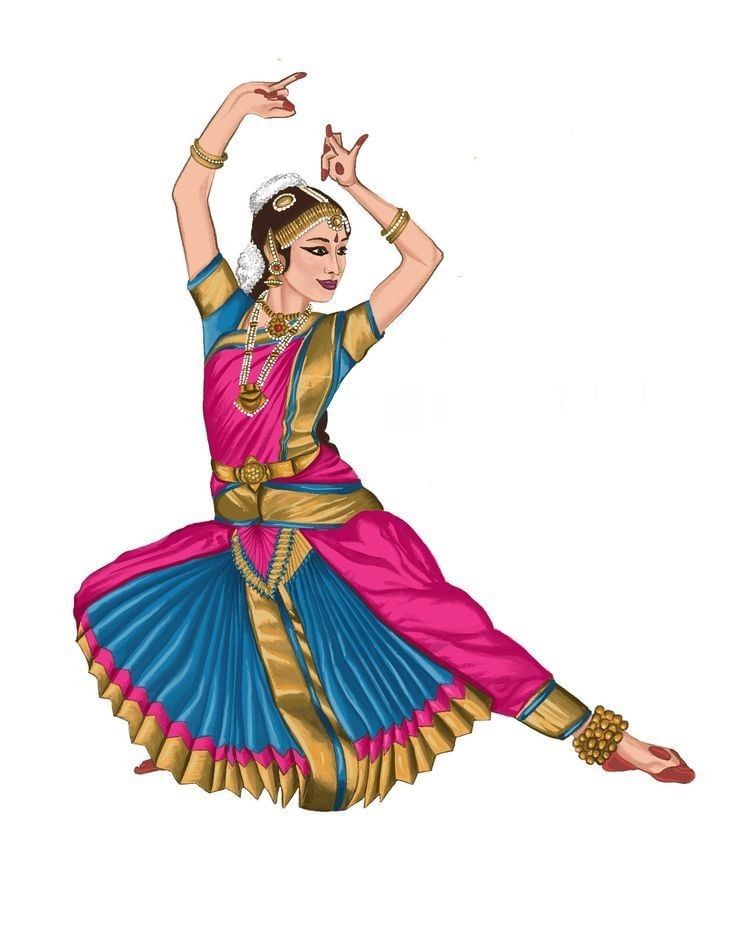
- The deeper the understanding of dance traditions, the greater the potential for creativity and innovation.
- Movements and rhythms can be found in daily life — such as fluttering birds, swaying grass, sweeping, or picking leaves — and can be transformed into dance movements.
- A strong foundation in dance, combined with observation, experiences, and original thought, creates uniqueness in performance.
Integration of Other Allied Forms
- Innovation can involve incorporating other art or physical forms, such as martial arts, into dance.
- Some traditional Indian sports and martial arts have movement sequences that artists have adapted into dance.
- Chhau has developed with the martial arts traditions of phari khanda.
1. Kalaripayattu
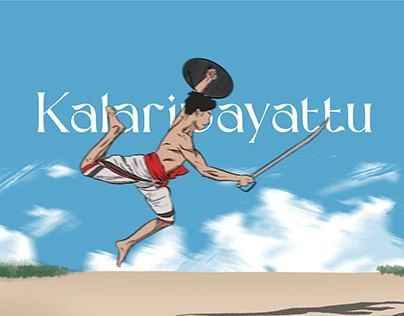
- An ancient martial art from Kerala, considered one of the oldest worldwide.
- Legends link it to Parashurama, creator of Kerala; research connects it to the Sangam Period (600–300 BCE).
- Originally developed for self-defence, it is based on the scientific marma knowledge of Ayurveda.
- Movements are inspired by animal stances and actions.
2. Thang-Ta
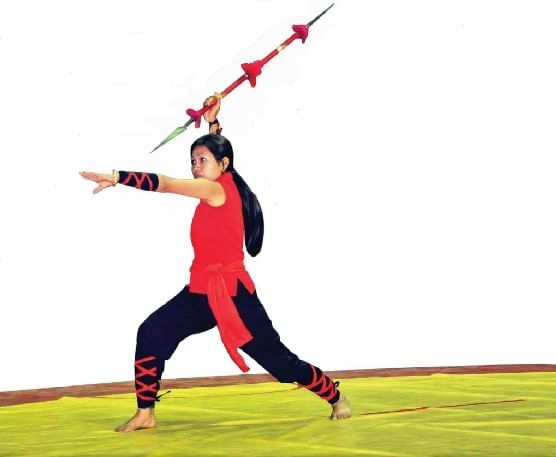
- A martial art from Manipur meaning "Art of Sword and Spear".
- Combines inner energy with outer movement and rhythmic breath control.
- It is also ritualistic and is believed to be the origin of all Meitei people's movements.
- Famous dancer Chandralekha pioneered integrating Kalaripayattu and yoga into Bharatanatyam, blending multiple traditions into innovative choreography.
Examples of Innovation
Narendra Sharma
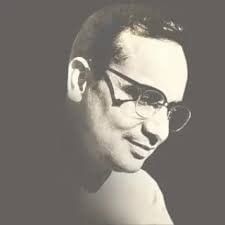
- Senior student of Uday Shankar, known for creative dance and socially relevant themes.
- Developed healthy free dance movement for children and institutionalised dance education.
- Produced over 40 original works, including Kamayani (1970), Wolf-Boy (1977), Antim Adhyaya (1985), and Gandhi (2007).
Kumudini Lakhia
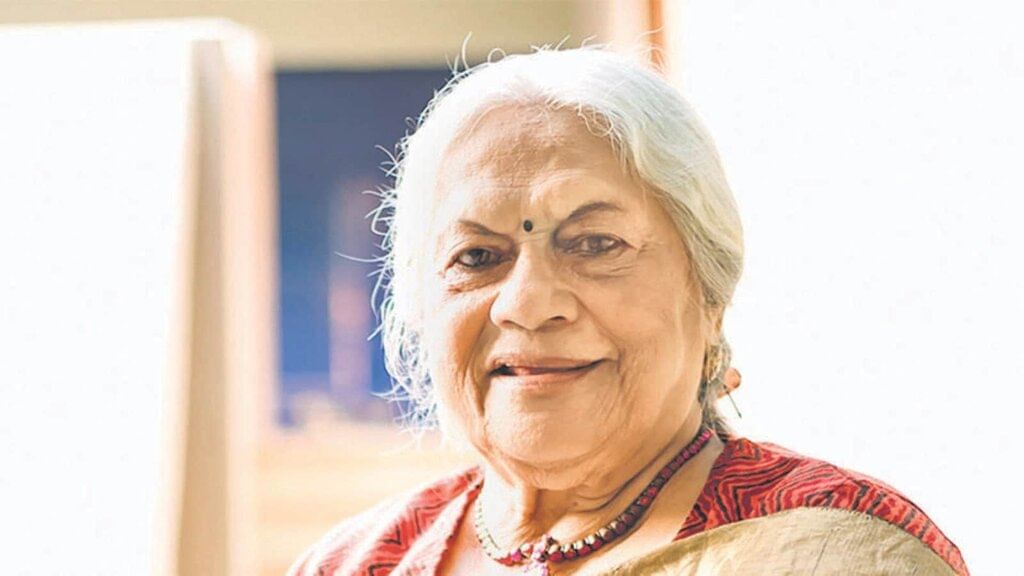
- Pioneering Kathak dancer and choreographer who introduced group choreography and modern themes.
- First groundbreaking work: Atah Kim.
- Other productions: Dhabkar (Pulse), The Coat, Feathered Cloth (Hagoromo).
- Blended abstract and narrative elements while addressing contemporary themes.
Chandralekha
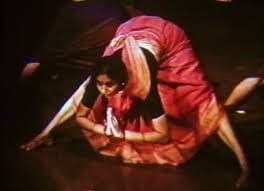
- Revolutionised traditional dance by blending Bharatanatyam, yoga, and Kalaripayattu with philosophy and literature.
- Notable works: Angika, Lilavati (based on Bhaskacharya’s mathematics treatise), and Prana (based on yoga and breath).
- Collaborated with modern Western dancers and actors; created films like The Myth of Woman (1976) and Hasta (1984).
Acharya Parvatikumar
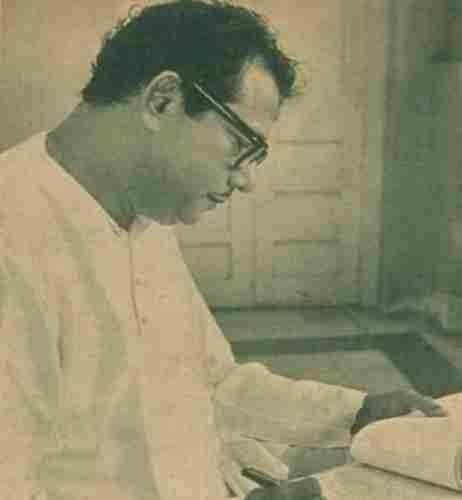
- Choreographed dance dramas such as Discovery of India, Rhythm of Culture, and Dekh Teri Bambai.
- Blended various Indian dance styles to show modern concepts — e.g., portraying Dabbawalas using Kathak footwork, or police-thief chases through the game ‘hu-tu-tu’.
- Only guru to research and choreograph Marathi compositions of Raja Sarfoji II in Bharatanatyam.
- Created an audio-visual form of the dance text Abhinaya Darpanam.
Inclusivity in Dance
- Inclusivity ensures that dance is accessible to everyone, including differently-abled people.
- Teachers work with all age groups and abilities, removing barriers to participation.
- National platforms now showcase performances by differently-abled dancers.
- Dance is beyond gender — male-dominated traditions now welcome women, and many folk forms have men and women dancing together.
- Inclusivity brings people together through shared artistic experiences.
- On 26 January 2025, during India’s 76th Republic Day, the Ministry of Culture set a Guinness World Record by gathering over 5,000 folk and tribal artists on Kartavya Path, New Delhi — a celebration of unity through diversity.
Inspiring Change
- Dance has historically inspired social change, from the freedom movement to addressing climate change.
- It effectively conveys complex topics and sparks meaningful discussions.
Example: JNMDA’s 1985 choreography Keibul Lamjao based on M. K. Binodini Devi’s script for conserving the Sangai Deer. - Dance encourages thinking differently, with more compassion and creativity.
- Transgender artists today contribute significantly to dance and promote diversity.
The document Innovation, Inclusivity and Inspiring Change Chapter Notes | Arts (Kriti) Class 8 - New NCERT is a part of the Class 8 Course Arts (Kriti) Class 8 - New NCERT.
All you need of Class 8 at this link: Class 8
|
76 docs|19 tests
|
FAQs on Innovation, Inclusivity and Inspiring Change Chapter Notes - Arts (Kriti) Class 8 - New NCERT
| 1. What are some examples of innovation in dance? |  |
Ans.Innovation in dance can be seen through various forms such as the incorporation of technology in performances, the fusion of different dance styles, and the use of unconventional spaces for dance presentations. Choreographers might use digital media for visual effects or create interactive experiences that engage the audience in new ways. Additionally, innovative choreography can involve unique movements or storytelling techniques that push the boundaries of traditional dance.
| 2. How has inclusivity changed the landscape of dance? |  |
Ans.Inclusivity in dance has significantly transformed the landscape by promoting diversity among performers and audiences. This includes creating opportunities for dancers of all backgrounds, abilities, and body types. Dance companies and schools are increasingly adopting inclusive practices, such as offering classes for individuals with disabilities and implementing programs that celebrate cultural diversity. This shift not only enriches the art form but also allows for a broader representation of stories and experiences in dance.
| 3. What role does dance play in inspiring social change? |  |
Ans.Dance serves as a powerful medium for inspiring social change by highlighting important social issues and encouraging dialogue. Through performances, choreographers can address topics such as inequality, environmental issues, and human rights, prompting audiences to reflect and engage with these themes. Additionally, community-based dance projects often empower individuals and groups, fostering a sense of belonging and activism through artistic expression.
| 4. How can technology enhance dance performances? |  |
Ans.Technology enhances dance performances in various ways, such as through the use of lighting, sound design, and multimedia. Dancers can integrate visual projections, live video feeds, and interactive elements that respond to their movements. This creates a more immersive experience for the audience. Moreover, social media platforms allow for wider dissemination of dance performances, enabling artists to reach global audiences and engage with fans in real-time.
| 5. What are the benefits of diverse representation in dance? |  |
Ans.Diverse representation in dance brings numerous benefits, including a richer artistic expression and a more relatable connection with audiences. When various cultures, identities, and experiences are represented, it fosters understanding and appreciation among different communities. Moreover, it encourages emerging artists from underrepresented groups to pursue their passion for dance, ultimately leading to a more vibrant and innovative dance community.
Related Searches



















